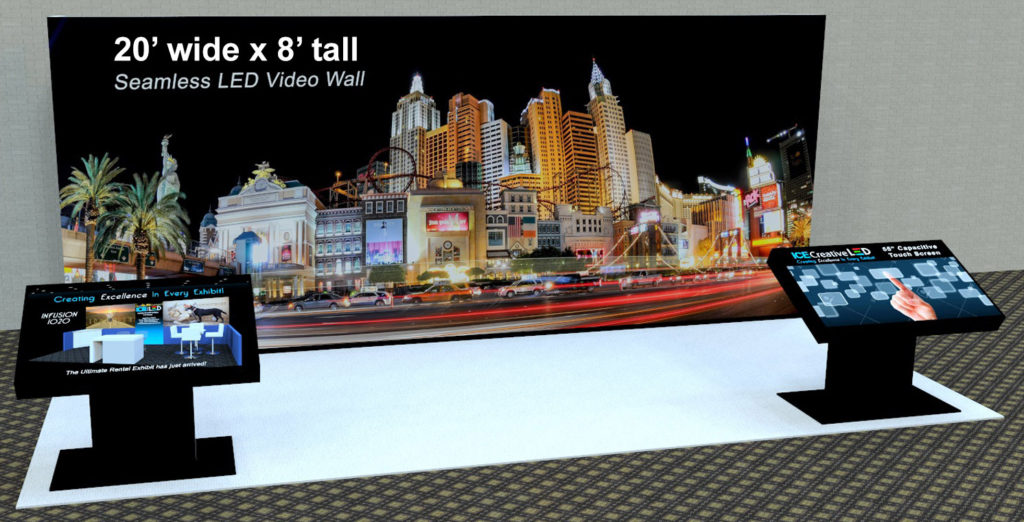Novel Strategies to Enhancing Untethered Communication Technologies for LED Display Panels.
Wiki Article
Untethered communication technologies for LED wall panels have redefined the way we utilize visual interfaces in various settings, such as concerts, corporate gatherings, and advertising. These panels, known for their vibrant colors and high resolution, rely heavily on stable wireless networks to function optimally. As digital infrastructure continues to advance, cutting-edge strategies are being developed to enhance these wireless solutions. This article will examine some of the latest techniques aimed at boosting wireless integration for Luminescent Diode wall displays.

One notable method to enhancing wireless connectivity is the use of next-generation antenna technology. Antennas play a vital role in sending and receiving signals between components. By employing smart antennas, which can adapt their orientation and focus based on the environment, engineers can greatly improve signal integrity and stability. This adaptability helps minimize disruption from other electronic systems and obstacles, leading to sharper video output and more stable connections for Light Emitting Diode wall panels.
Another innovative approach involves utilizing mesh network architectures. Unlike traditional wireless setups that depend on a single access point, mesh networks consist of multiple connection points that collaborate to spread the internet connection over a broader area. This setup guarantees that Light Emitting Diode wall panels receive a steady signal no matter their location. In venues like arenas or large exhibition halls, where physical obstructions may disrupt signals, mesh networks provide a more reliable solution by maintaining signal integrity even in high-traffic environments.
Moreover, incorporating edge computing into wireless connectivity can enhance performance for LED wall displays. Edge computing allows data handling to occur closer to the source of data generation rather than relying solely on centralized data centers. By processing data near the Luminescent Diode wall units, the system reduces latency, resulting in faster response times and smoother important link video rendering. This innovation is especially advantageous for use cases that demand real-time responses or interactive functions, making presentations more engaging for audiences.
Finally, adopting new communication protocols can also improve wireless network performance for Light Emitting Diode wall screens. Protocols such as 802.11ax and fifth-generation wireless offer greater bandwidth and accelerated data throughput compared to earlier standards. These advancements allow multiple devices to connect simultaneously without sacrificing performance. As LED wall panels are often used in conjunction with other smart devices, implementing these advanced protocols guarantees that all components can interact seamlessly, leading to an overall better user experience.
In conclusion, the next page enhancement of wireless communication technologies for Light Emitting Diode wall displays is crucial as technology continues to evolve. Through developments such as smart antennas, mesh networking architectures, edge computing implementation, and new communication protocols, manufacturers can deliver better performance and stability. These approaches not only improve the functionality of LED wall panels but also elevate the visual displays they deliver across various settings. As these advancements develop further, audiences can look forward to even more impressive displays in the future.